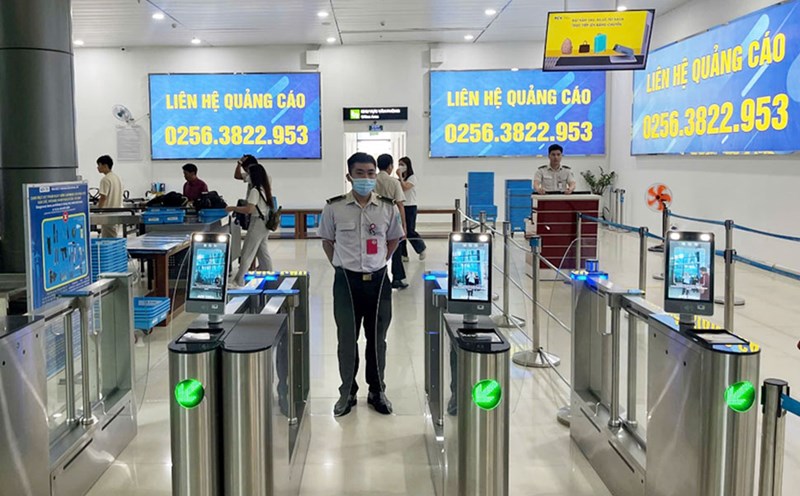OpenAI CEO Sam altman recently admitted that the artificial intelligence (AI) industry is in a "bubble" state but at the same time affirmed that this technology will bring great value to society in the long term.
Speaking at a closed-door meeting with a small group of technology journalists after launching the GPT-5 model, altman said that investors' excitement for AI is currently beyond reasonable levels.
Are we in a period where investors are too excited about AI? My opinion is yes. But is AI the most important thing to happen in the next decades? My answer is also yes, altman said, cited by the US technology and digital news site The Verge.
altman said that AI bubbles could cause some investors heavy losses, but that does not deny the long-term benefits, especially in areas such as Mathematics and science.
OpenAI is even considering expanding to new technologies to compete directly with Elon Musk's Neuralink.
AI bubble warnings have been on the rise since startups like China's DeepSeek launched a competitive AI model at a significantly lower cost than OpenAI or its US rivals.
Analysts, including Joe Tsai (Alibaba), Ray Dalio (Bridgewater Associates) and Torsten Slok ( Apollo Global Management), all expressed concerns about the speed of data center construction as well as the huge capital flow into the industry.
At HSBC's Global Investment Summit in March, Joe Tsai frankly questioned whether it was necessary to spend huge sums of money to build a series of data centers when market demand was unclear.
Compared to the dotcom bubble in the early 2000s, some experts say that the current situation is different, such as many AI companies have had solid profits and financed growth largely with their own cash flow, instead of depending on loans.
However, the memory of the dotcom bubble, when Nasdaq lost 80% of its value, is still a reminder that the technological explosion always comes with risks.
Sam altman's assessment shows that even industry leaders acknowledge the negative side of the AI wave, but they still believe in the long-term potential that this technology brings to humanity.










